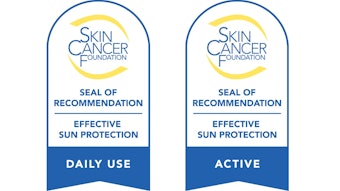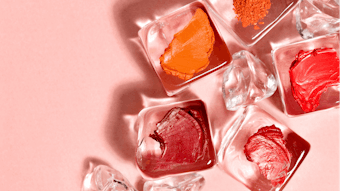
Read the full interview in the May 2021 digital edition. . .
Larry Weiss (LW), M.D., knows his way around the skin microbiome—at least, as far as the science permits. According to him, this journey has only just begun.
Weiss is the CSO and Founder of Symbiome, a manufacturer of microbiome-focused skin care. Prior to that, he was the Chief Medical Officer and Scientific Adviser at AOBiome. He also holds a medical degree from Stanford.
In the following interview, adapted from a podcast, he explains where the industry is in its knowledge of the skin microbiome including technical gaps, current approaches, claims, possibilities and more.
Note: The opinions expressed are those of Weiss and do not necessarily reflect those of Allured Business Media.
C&T: Where is the cosmetics industry at in terms of understanding the microbiome?
LW: It’s still the very early days. We’re still just starting to wrap our heads around what it is and what the implications of it are. I would say the notion of the microbiome emerged into public awareness around the gut about 20 years ago. The notion of the skin microbiome really didn’t come out until around 2011. This emerged into public awareness with the first of the microbiome products: Mother Dirt.
The science behind what we’re doing, i.e., the ability to sample the microbiome and then use that as a foundational tool to study it, is still very early. There’s so much bias built into all of our methods—from the way that we sample it, the way we extract the DNA from the cells, the way we sequence it, and how we interpret that data—with all of this bias, it’s still not very clear exactly when we’ll have standard foundational methods we can all use that compare.
Then, how do we go from that to the clinical implications? How does a product impact the skin microbiome, and what does that mean in terms of how that product is going to perform, clinically or cosmetically? All of this is still out in the future. We are still finding our way.
C&T: Based on what we do know, what approaches could interact with or support entities of the skin microbiome?
LW: ...You can alter the relative abundance either by selectively feeding some or by introducing a selective antimicrobial that might reduce the abundance. But it seems, from the data that we know today, you cannot completely eliminate one.
Considering what I just laid down (above), you want to have a test or a method to determine how the product that you make might impact the skin microbiome and how that might perform, clinically. What I’ll tell you is: We’re still not there. What people are doing is using the notion that an ingredient or a formula can kill or perhaps support the growth of any given bacteria. We can do those tests in vitro but we don’t know what the implication of that is in terms of how it will work clinically. And ultimately, once you put something together, you still have to test it clinically to see whether or not it produces the outcome you’re looking for.
The clinical correlation between the laboratory methods that we have today, with their in vitro studies for how an ingredient or product will impact the bacteria, or whether we do a small set of human studies, where we sample the microbiome, still does not provide the kind of insight we can use to produce meaningful, actionable data. Some day, I believe we’ll have that. But we’re not there yet.
Here’s what we know. After a certain age, your skin microbiome is pretty much populated. That means the specific organisms that are there are there; they are your epidermal microbiome. ... Once something is in there, you can perhaps reduce its abundance but you’re not going to get rid of it. And, say you want to introduce a newcomer. Your microbiome has a thing called colonization resistance, and this is how it defends us. All of the niches in the ecosystem are occupied and defended. So if you apply a living bacteria to it, it may or may not live long enough to make a contribution. But to date, getting it to actually engraft into that microbiome is exceedingly difficult. It looks like the only success is with species that are already there, where you’re trying to introduce a new strain; and even that has been very difficult. More importantly, no one has demonstrated that it would be sustained. Ultimately, your microbiome has got a lot of biological inertia and it’s going to come back to where it was before.











